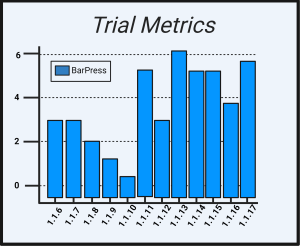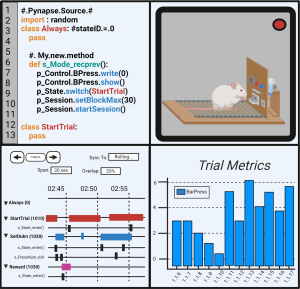iPac Behavioral Controller
High Throughput Behavior
The iPac is a system for high throughput behavioral neuroscience, allowing you to run up to 8 behavioral experiments at the same time.
Manage all of your behavior boxes concurrently with independent behavioral paradigms. For example, control a self administration task in one chamber and a startle response in another.
Train subjects with the iPac and then seamlessly migrate your experimental animal to integrate with your fiber photometry or other neuroscience techniques, or scale up your behavioral neuroscience projects by running multiple paradigms and subjects at once.

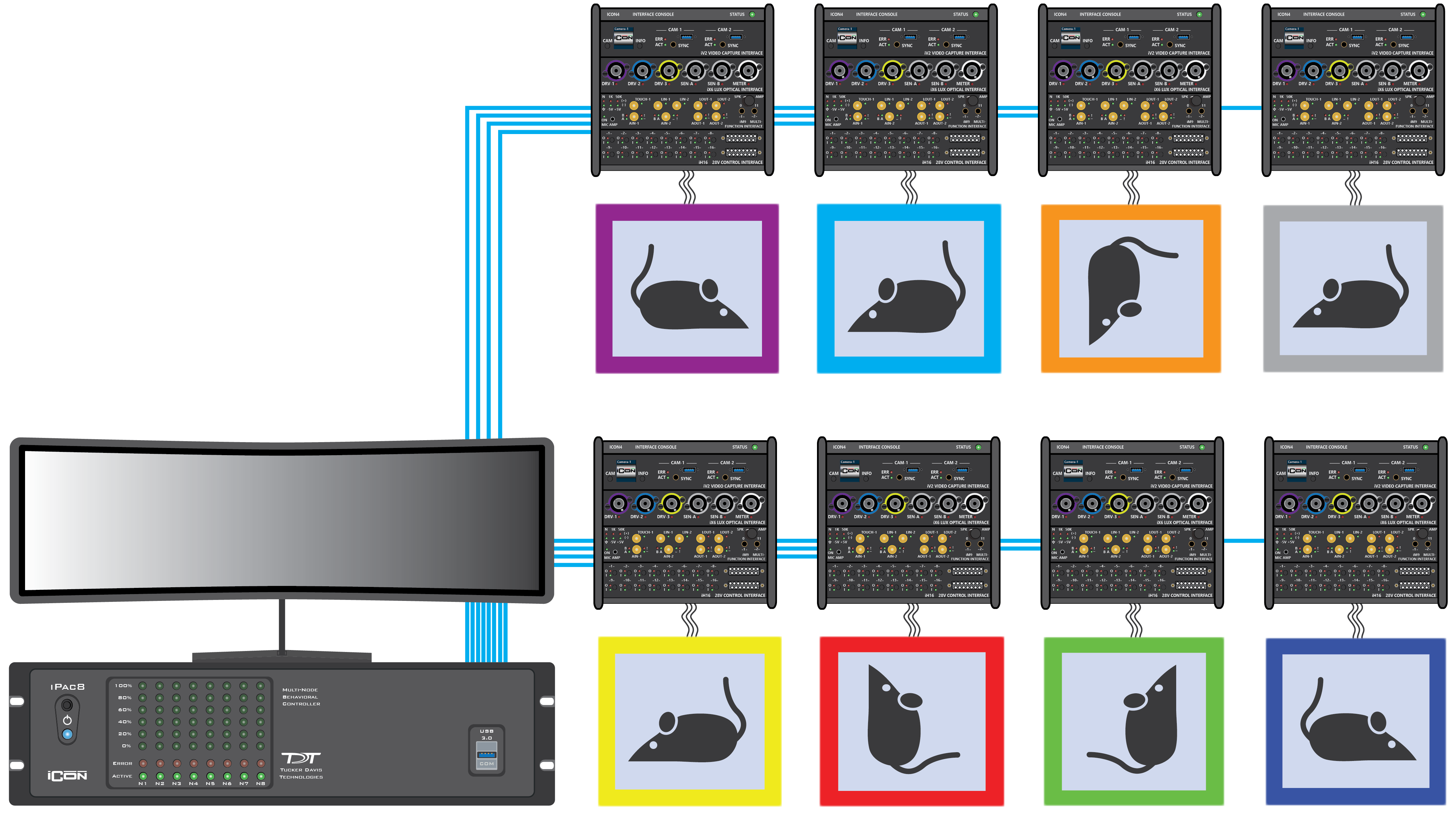
Research Uses
Product Specs
Resources
- Behavioral neuroscience
- Multi-subject training
- Available with four (iPac4), six (iPac6), or eight (iPac8) node computers
- CPU: Intel 12th gen i7-12700k
- Memory: 64GB DDR5 RAM
- Video: NVIDIA T1000 with 4x Mini DisplayPort
- OS Hard Drive: 1TB M.2 NVME – hosts Proxmox OS & all VMS
- Data Storage: 1TB SSD – Full passthrough storage drive for tanks shared via master VM
- Operating System: Proxmox VE 7.4 running up to 9 instances of 64-bit Windows 10
- Software: iPacConsole & SynCon
- Network: Two Gigabit Ethernet port
- USB: 4x USB 3.2 Gen 2 ports (back) for keyboard and mouse, 1x USB 3.1 on front for data transfer
- Keyboard: Das Keyboard Model S Mechanical Keyboard with two port USB hub
- Mouse: Logitech G502 SE

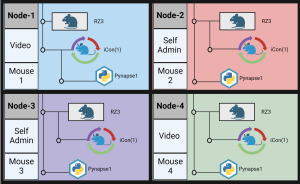 Multiple Animals, Multiple Projects
Multiple Animals, Multiple Projects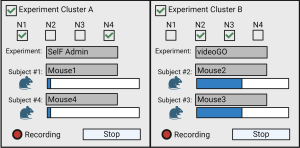
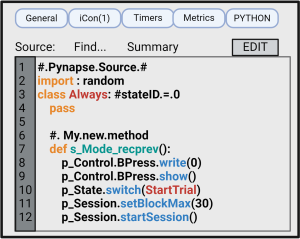 Setup and Control Hardware and Software
Setup and Control Hardware and Software